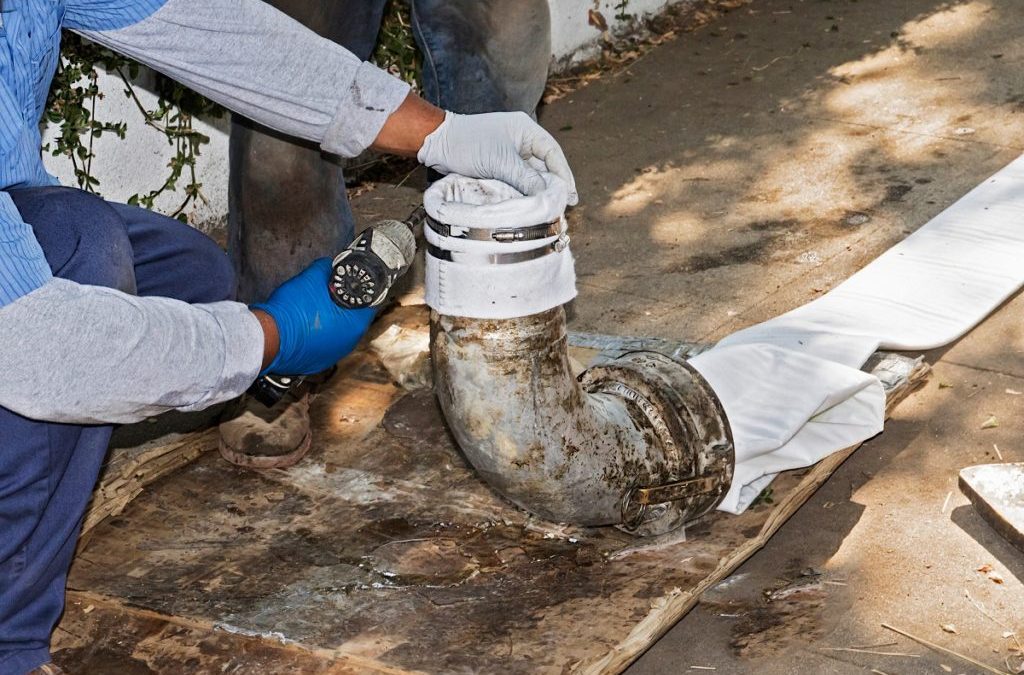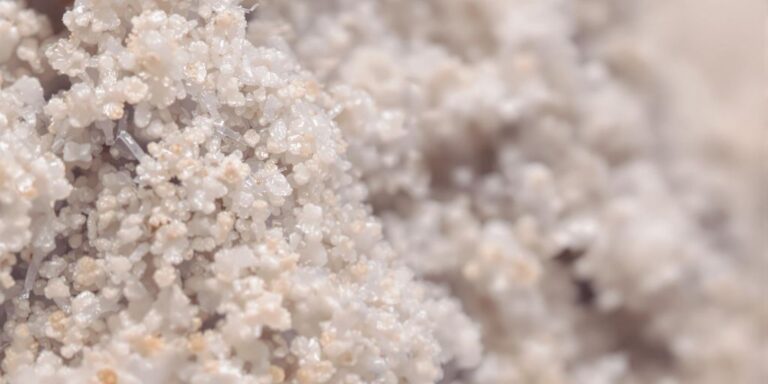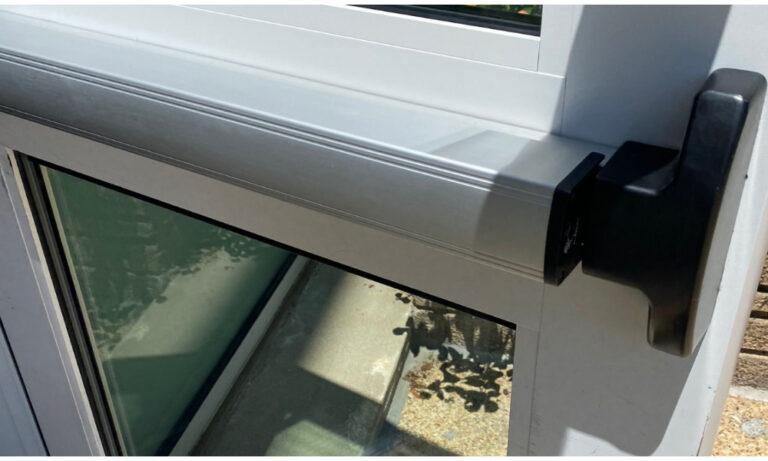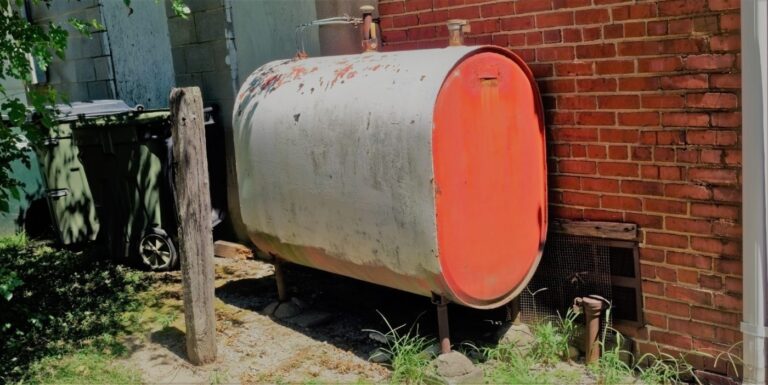
Dealing with plumbing issues can range from quick fixes to more complex solutions. While some problems can be solved with a simple plunger, others may require professional assistance. Many people avoid hiring plumbers due to the cost, but it’s important to address any drain issues promptly to prevent further damage or sewage backup. Check here for galaxy plumbing in Vancouver
Recognizing the Signs of a Clog
Clogs can happen for various reasons, including hair, soap, grease, tree roots, and dirt buildup. Here are some signs that your pipes may be clogged:
- Foul odors from sinks
- Slow drainage
- Gurgling sounds
Noticing these early can help you prevent a full-blown plumbing emergency. Clogs tend to occur in three main areas: under the sink, in the drains, and the main sewer line.
Steps for Clearing a Blockage
For minor blockages near the sink, you can try using a plunger or a mild drain-cleaning solution. Be careful to avoid harsh chemicals that might corrode your pipes or harm your health. If the clog is deeper in the pipes, consider using a drain snake or auger. Instead of opting for small, store-bought versions, rent a professional-grade auger from a hardware store for more effective results. If the clog persists or is in the main sewer line, you might need to hire a professional for hydrojetting, which uses high-pressure water to clear out debris.
Main Drain Cleaning Process
Before attempting to clean the main drain, gather the following items:
- Waterproof gloves and boots
- A long water hose
- Wrench
- Plumbing snake or auger
Wear gloves and boots to protect yourself from sewage contact.
- Locate and Open the Cleanout Pipe
Find the cleanout pipe, a capped, short pipe sticking out from the ground, which gives you access to the sewer line. Open the cap slowly to let backed-up sewage exit gradually—stand clear to avoid any splashes from high-pressure water. Allow the buildup to drain fully before inserting your tools.
- Use the Drain Snake
Once the water flow stops, insert the drain snake into the pipe, following the tool’s instructions, as mechanisms vary by brand. Run the snake until you encounter no resistance, indicating the clog is cleared. Continue for a few extra minutes to ensure all debris is removed.
- Rinse and Close
After removing the clog, flush the line with water. Insert the hose alongside and run the water to clear out any remaining debris from the pipe and tool. Remove the snake, tightly recap the cleanout pipe, and clean before storing it.
If the drain remains slow after these steps, consider professional hydrojetting for thorough cleaning. Persistent clogs can be effectively cleared to keep your system running smoothly.
;
;








